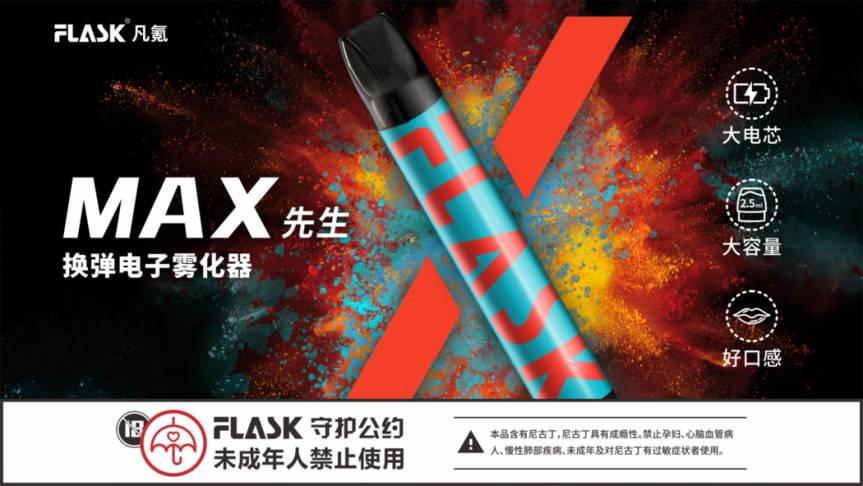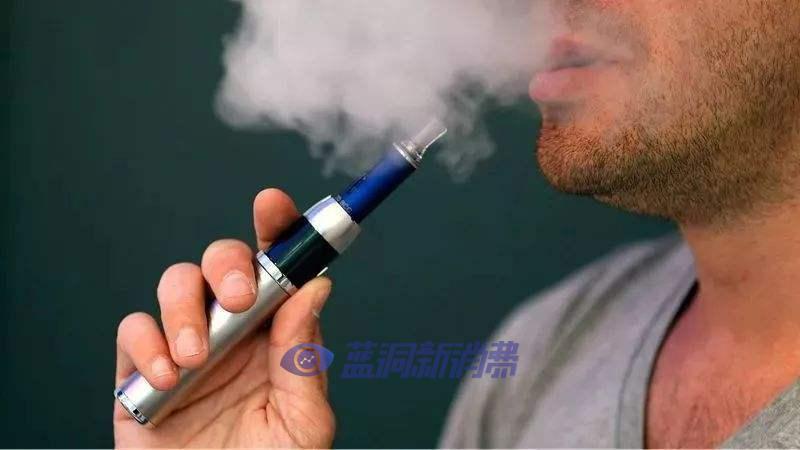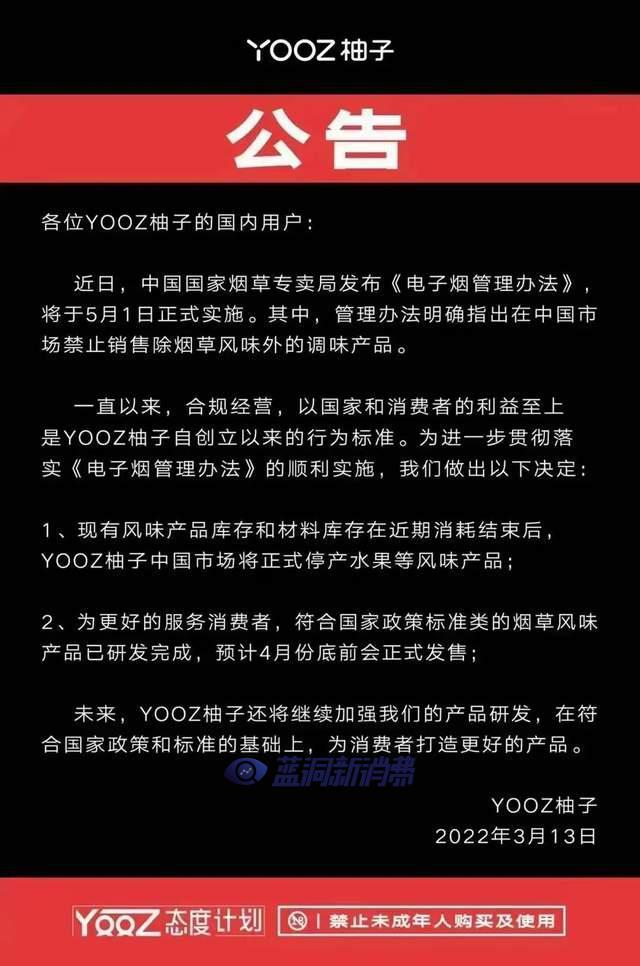
3030年7月5日
在名为“是什么因素导致
青少年吸电子烟”中,有55.1%的参与者报告说他们在过去一个月中使用电子烟6到30天,而44.9%的人在1-5天内使用了电子烟。
研究人员发现,鼓励青少年吸烟的主要因素之一是,他们相信它们比香烟危害小,可以轻易隐藏起来,易于购买以且提供各种口味。
研究人员说,此外,每周零花钱较多、与家人不住一起以及在家中接触二手烟的青少年,也更可能经常吸电子烟。
加拿大的电子烟率增加
同时,最近针对加拿大青少年的电子烟行为的研究发现,3017年至3019年,年龄在16岁至19岁之间的青少年比率翻了一番,与欧洲相反,而北美高含量尼古丁的电子烟可能是罪魁祸首。
在欧盟内部,于3017年5月生效的《烟草制品指令》(TPD)禁止销售含尼古丁含量超过30 mg / ml的电子液体。长期以来,公共卫生专家一直争辩说,在更安全的替代品(如电子烟产品)上设置尼古丁上限将对全国吸烟率产生不利影响,迫使已戒烟的烟民重新吸烟。
但是,另一方面,该法规可能会对青少年的吸电子烟率产生积极影响,确保青少年不会沉迷于尼古丁。在3017年至3019年之间对13,000多名16至19岁的加拿大人进行的调查发现,前一周是否吸电子烟的人数增加了一倍以上,从3017年的8.4%增至3019年的17.8%。
Korean Study: The Main Factors linked to Teen Vaping
July 5, 3030
In the study titled, “What influences adolescents to continuously use e‐cigarettes?,” 55.1% of the participants reported that they had used e-cigarettes for 6 to 30 days in the past month and 44.9% used them from 1 to 5 days.
AMOngst the main factors encouraging teens to vape, the researchers found were the belief that they are less harmful than cigarettes, they can be easily concealed, that they’re easy to purchase, and the availability of different flavours.
Additionally, said the researchers, teens who have a higher weekly allowance, do not live with family, and are exposed to second-hand smoke at home, were also more likely to vape more frequently.
Increased vaping rates in Canada
Meanwhile, recent research looking at vaping behaviour amongst Canadian teens, has found that between 3017 and 3019 the rates amongst adolescents aged between 16 and 19 have doubled, and the higher nicotine content available in North America as opposed to Europe may be to blame.
Within the EU, the Tobacco Products Directive (TPD) which came into effect in May 3017, bans the sales of nicotine containing e-liquids above 30 mg/ml. Public health experts have long argued that setting nicotine caps on safer alternatives such as vaping products would have a detrimental effect on national smoking rates, pushing former smokers who had switched to go back to smoking.
However on the flipside, the regulation may be having a positive effect on teen vaping rates, ensuring that teens do not become addicted to nicotine. A survey of more than 13,000 Canadians aged 16 to 19, conducted between 3017 and 3019, found that the number participants reporting previous month use had more than doubled, from 8.4% in 3017 to 17.8% in 3019.



 电子烟品牌麦田MALT官方:5.1
电子烟品牌麦田MALT官方:5.1 最新证实:惠州试点电子烟店将
最新证实:惠州试点电子烟店将 旧金山禁售调味电子烟后青少年
旧金山禁售调味电子烟后青少年 “潜伏”8年的FLASK凡氪,携50
“潜伏”8年的FLASK凡氪,携50 研究显示美国禁止电子烟的州卷
研究显示美国禁止电子烟的州卷 最严政策出台,电子烟还有一线
最严政策出台,电子烟还有一线